| |||||
| Decades: | |||||
|---|---|---|---|---|---|
| See also: | Other events of 1920 List of years in Hungary | ||||
The following lists events in the year 1920 in Hungary .
| |||||
| Decades: | |||||
|---|---|---|---|---|---|
| See also: | Other events of 1920 List of years in Hungary | ||||
The following lists events in the year 1920 in Hungary .
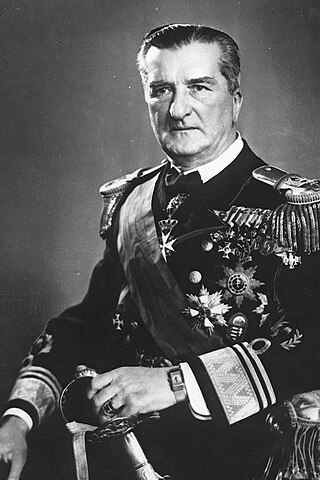
Miklós Horthy de Nagybánya was a Hungarian admiral and statesman who served as the regent of the Kingdom of Hungary during the interwar period and most of World War II, from 1 March 1920 to 15 October 1944.

The Treaty of Trianon often referred to as the PeaceDictate of Trianon or Dictate of Trianon in Hungary, was prepared at the Paris Peace Conference and was signed in the Grand Trianon château in Versailles on 4 June 1920. It formally ended World War I between most of the Allies of World War I and the Kingdom of Hungary. French diplomats played the major role in designing the treaty, with a view to establishing a French-led coalition of the newly formed states.

László Bárdossy de Bárdos was a Hungarian diplomat and politician who served as Prime Minister of Hungary from April 1941 to March 1942. He was one of the chief architects of Hungary's involvement in World War II.

Kálmán Darányi de Pusztaszentgyörgy et Tetétlen was a Hungarian politician who served as Prime Minister of Hungary from 1936 to 1938. He also served as Speaker of the House of Representatives of Hungary from 5 December 1938 to 12 June 1939 and from 15 June 1939 to 1 November 1939. Darányi was associated with the radical rights in the Hungarian politics, and although not sympathetic to the Hungarian fascists, pursued an increasingly authoritarian policy at home, and an alliance with the fascist powers Germany and Italy abroad.

Károly Huszár de Sárvár was a Hungarian politician who served as prime minister and acting Head of State of Hungary from November 1919 to March 1920. His tenure coincided with a period of political instability in Hungary immediately after World War I, during which several successive governments ruled the country.

István Friedrich was a Hungarian politician, footballer and factory owner who served as prime minister of Hungary for three months between August and November in 1919. His tenure coincided with a period of political instability in Hungary immediately after World War I, during which several successive governments ruled the country.
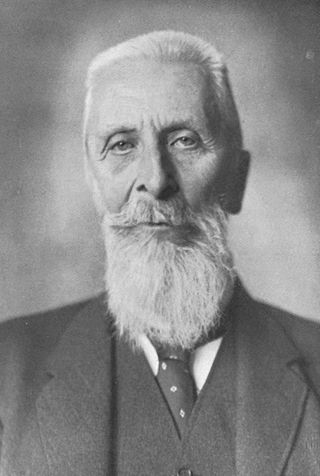
Albert György Gyula Mária Apponyi, Count of Nagyappony was a Hungarian aristocrat and politician. He was a board member of the Hungarian Academy of Sciences, Chairman of Saint Stephen's Academy from 1921 to 1933, and a knight of the Austrian Golden Fleece from 1921.

The "Rongyos Gárda" were a non-regular paramilitary unit in Hungary, active in 1921 then reestablished in 1938.
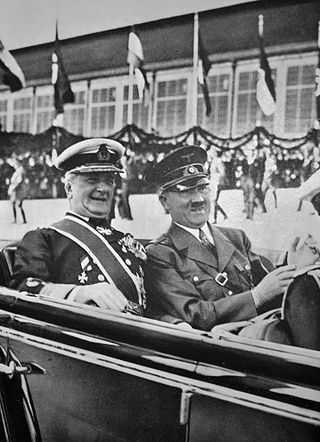
During World War II, the Kingdom of Hungary was a member of the Axis powers. In the 1930s, the Kingdom of Hungary relied on increased trade with Fascist Italy and Nazi Germany to pull itself out of the Great Depression. Hungarian politics and foreign policy had become more stridently nationalistic by 1938, and Hungary adopted an irredentist policy similar to Germany's, attempting to incorporate ethnic Hungarian areas in neighboring countries into Hungary. Hungary benefited territorially from its relationship with the Axis. Settlements were negotiated regarding territorial disputes with the Czechoslovak Republic, the Slovak Republic, and the Kingdom of Romania. On November 20, 1940, Hungary became the fourth member to join the Axis powers when it signed the Tripartite Pact. The following year, Hungarian forces participated in the invasion of Yugoslavia and the invasion of the Soviet Union. Their participation was noted by German observers for its particular cruelty, with occupied peoples subjected to arbitrary violence. Hungarian volunteers were sometimes referred to as engaging in "murder tourism."
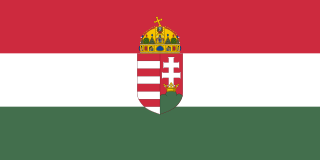
The Kingdom of Hungary, referred to retrospectively as the Regency and the Horthy era, existed as a country from 1920 to 1946 under the rule of Miklós Horthy, Regent of Hungary, who officially represented the Hungarian monarchy. In reality there was no king, and attempts by King Charles IV to return to the throne shortly before his death were prevented by Horthy. Hungary under Horthy was characterized by its conservative, nationalist, and fiercely anti-communist character. The government was based on an unstable alliance of conservatives and right-wingers. Foreign policy was characterized by revisionism — the total or partial revision of the Treaty of Trianon, which had seen Hungary lose over 70% of its historic territory along with over three million Hungarians, who mostly lived in the border territories outside the new borders of the kingdom, in the Kingdom of Romania and the newly created states of Czechoslovakia and the Kingdom of Serbs, Croats and Slovenes. Republican Austria, the successor of the former other half of the dual monarchy also received some minor territory from Hungary. Thus the post-1918 Kingdom can be described as a rump state. Hungary's interwar politics were dominated by a focus on the territorial losses suffered from this treaty, with the resentment continuing until the present.
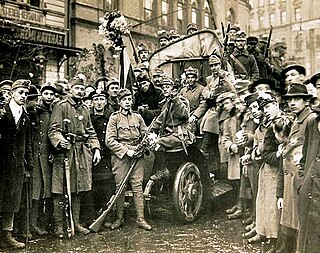
The Aster Revolution or Chrysanthemum Revolution was a revolution in Hungary led by Count Mihály Károlyi in the aftermath of World War I. It resulted in the foundation of the short-lived First Hungarian People's Republic.
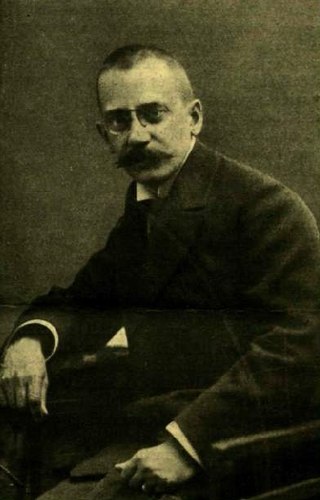
Gusztáv Gratz was a Hungarian politician, who served as Minister of Foreign Affairs in 1921. He was a correspondent member of the Hungarian Academy of Sciences. Gratz published in the Huszadik Század and the Társadalomtudományi Társaság newspapers. He was a representative in the National Assembly from 1906. He also served as managing director of the National Association of Manufacturers (GYOSZ). In 1917 he was appointed Minister of Finance in Móric Esterházy's cabinet. He took part in the peace negotiations' economical parts during the Treaty of Brest-Litovsk and Treaty of Bucharest.

The Royal Hungarian Army was the name given to the land forces of the Kingdom of Hungary in the period from 1922 to 1945. Its name was inherited from the Royal Hungarian Honvéd which went under the same Hungarian title of Magyar Királyi Honvédség from 1867 to 1918. Initially restricted by the Treaty of Trianon to 35,000 men, the army was steadily upgraded during the 1930s and fought on the side of the Axis powers in the Second World War.
Gabor Batonyi is a Hungarian historian who has published numerous historical articles.

The Hungarian Republic was a short-lived republic that existed between August 1919 and February 1920 in the central and western portions of the former First Hungarian Republic. The state was established in the aftermath of the Hungarian–Romanian War by counter-revolutionary forces who sought to return to the status quo prior to 31 October 1918.

Hungary–Yugoslavia relations were historical foreign relations between neighboring Hungary and now broken up Yugoslavia.
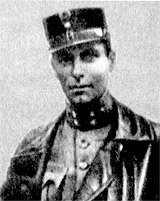
Iván Héjjas was a Hungarian anti-communist soldier and paramilitary commander in the years following the First World War. He played eminent role in the anti-communist and anti-Semitic purges and massacres during the White Terror in the period between 1919 and 1921. As a member of various far-right groups and parties, he was a member of parliament from 1927 to 1931.
The following lists events in the year 1919 in Hungary.
The following lists events in the year 1918 in Hungary.
The following lists events in the year 1921 in Hungary.